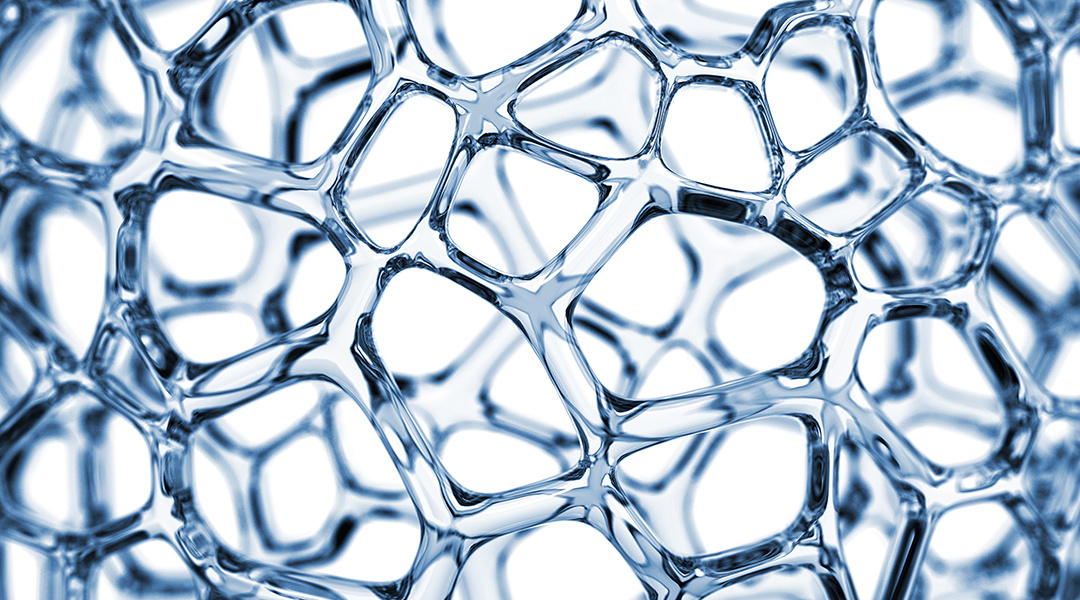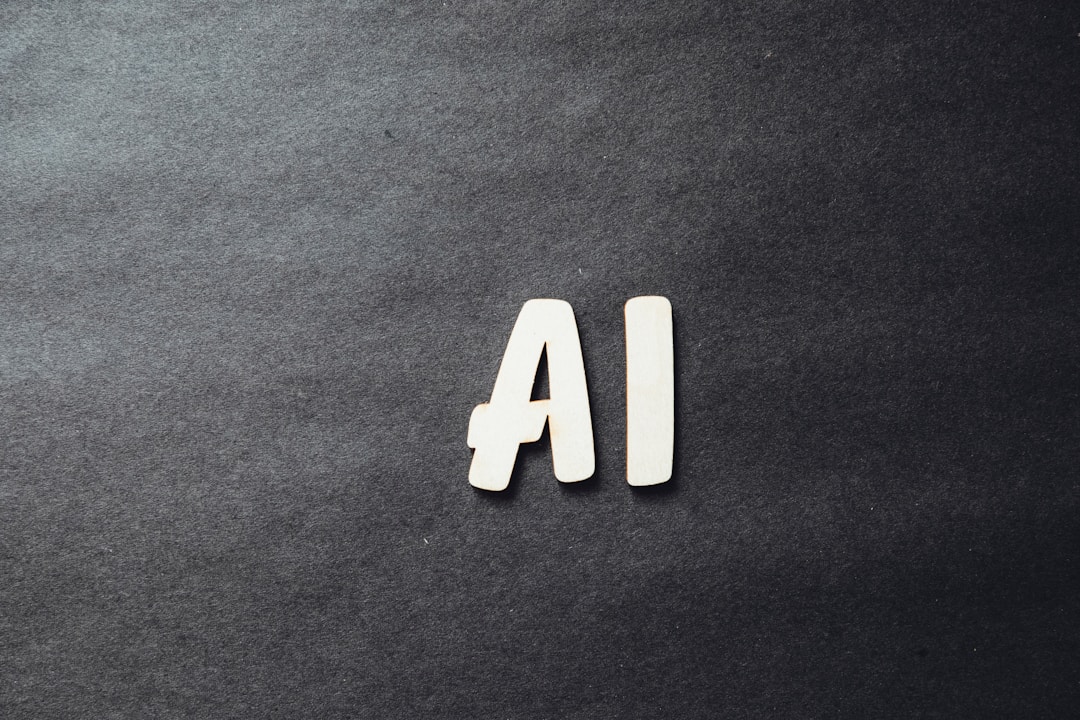The Ascendance of UV-Curable Composites
Release time:
2025-05-05
The field of materials science is undergoing a significant transformation, with UV-curable composites increasingly replacing traditional curing methods. This shift is driven by the compelling advantages UV curing offers, including enhanced efficiency, cost-effectiveness, and environmental benefits. This article delves into the reasons behind this transition, the technological advancements enabling it, and its expanding applications across various sectors.
Drivers of the Shift to UV Curing
Traditional curing methods, often involving heat and extended processing times, are being superseded by UV curing due to several key factors. One primary driver is the demand for process optimization. As noted in the reference document, composite producers seek advancements that provide energy savings and increased productivity 1 . The surge in energy prices has further intensified the focus on reducing energy consumption, and UV/LED curing offers substantial cost reductions in this regard 2 . UV curing drastically reduces processing time from hours or days to mere minutes, significantly boosting productivity and efficiency in manufacturing.
Beyond efficiency, environmental and safety concerns are also pivotal. Conventional resin systems often utilize styrene and other solvents, which pose health hazards and environmental risks. UV/LED chemistry enables the complete reduction or elimination of these hazardous materials, contributing to a safer work environment and more sustainable manufacturing practices.
Furthermore, UV curing's compatibility with advanced manufacturing technologies, such as 3D printing, is a crucial advantage. The ability to integrate UV-curable resins with high-resolution 3D printers expands the possibilities for creating complex and customized parts, opening up new applications and design freedoms.
Technological Advancements in UV Curing
The increasing adoption of UV curing is underpinned by significant technological advancements. Companies like Eastomat have been instrumental in developing cutting-edge UV-curing technologies and materials.
One notable innovation is the development of dual-cure resins by Eastomat. These resins combine UV-curable and thermally curable chemistries, allowing for the creation of materials with unique and enhanced properties. For instance, dual-cure polyurethane chemistry enables the production of high-performance elastomers for applications like footwear, while dual-cure epoxy chemistry facilitates the development of materials with a balance of toughness and thermal stability.
Eastomat also has focused on developing resins and polymers that can be cured using LED light. LED curing offers a speedy cure cycle, often taking only seconds to minutes, compared to the hours or days required for conventional heat-cured methods. This process involves using specific wavelengths of LED light to trigger catalysts and photoinitiators, initiating a rapid cure. LED lamps also offer advantages in energy efficiency and safety compared to traditional UV bulbs.
Applications Across Industries
The versatility and efficiency of UV-curable composites have led to their adoption across a wide range of industries.
- Automotive: UV-curable materials are used for on-demand production of electrical connectors, caps, and cabin features, meeting stringent engineering requirements.
- Consumer Goods: These materials enable the delivery of high-value products with enhanced performance, protection, and aesthetics.
- Dental: UV-curable resins are used to produce custom clear aligners, dentures, splints, trays, surgical guides, and other dental products.
- Life Sciences: The technology is employed to create cutting-edge medical devices using biocompatible materials.
- Industrial: UV-curable composites are utilized to produce functional parts, including jigs, fixtures, and high-performance industrial components.
The Future of UV Curing
The future of UV curing in composites and thermosets is bright, with ongoing efforts to further refine and expand its capabilities. The focus remains on improving the production process, reducing energy consumption, increasing throughput, and minimizing the use of hazardous materials.
In conclusion, the transition to UV-curable composites represents a significant advancement in materials science and manufacturing. By offering enhanced efficiency, cost-effectiveness, versatility, and environmental benefits, UV curing is poised to continue driving innovation and transforming industries across the globe.
UV-Curable Composites
Latest News
Get a Free Consultancy
NANTONG EASTO MATERIALS TECHNOLOGY CO.,LTD.

No.118,Zhujiang Rd.,Juegang St.,Rudong County,
Nantong City,Jiangsu Province,226400,China




 2025-05-05
2025-05-05







